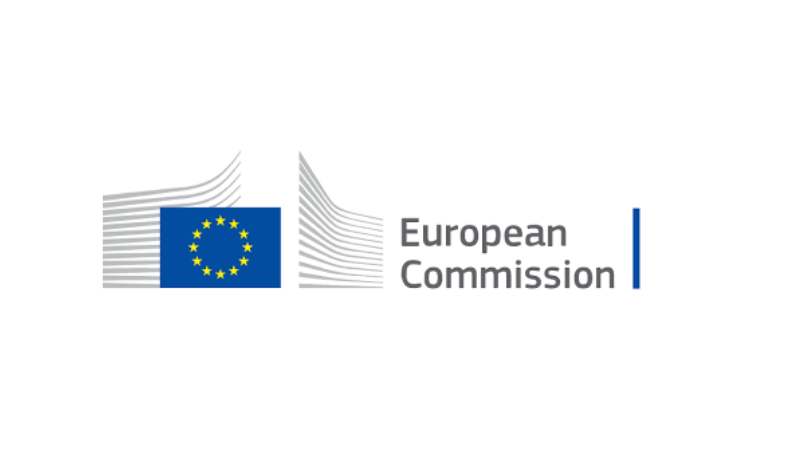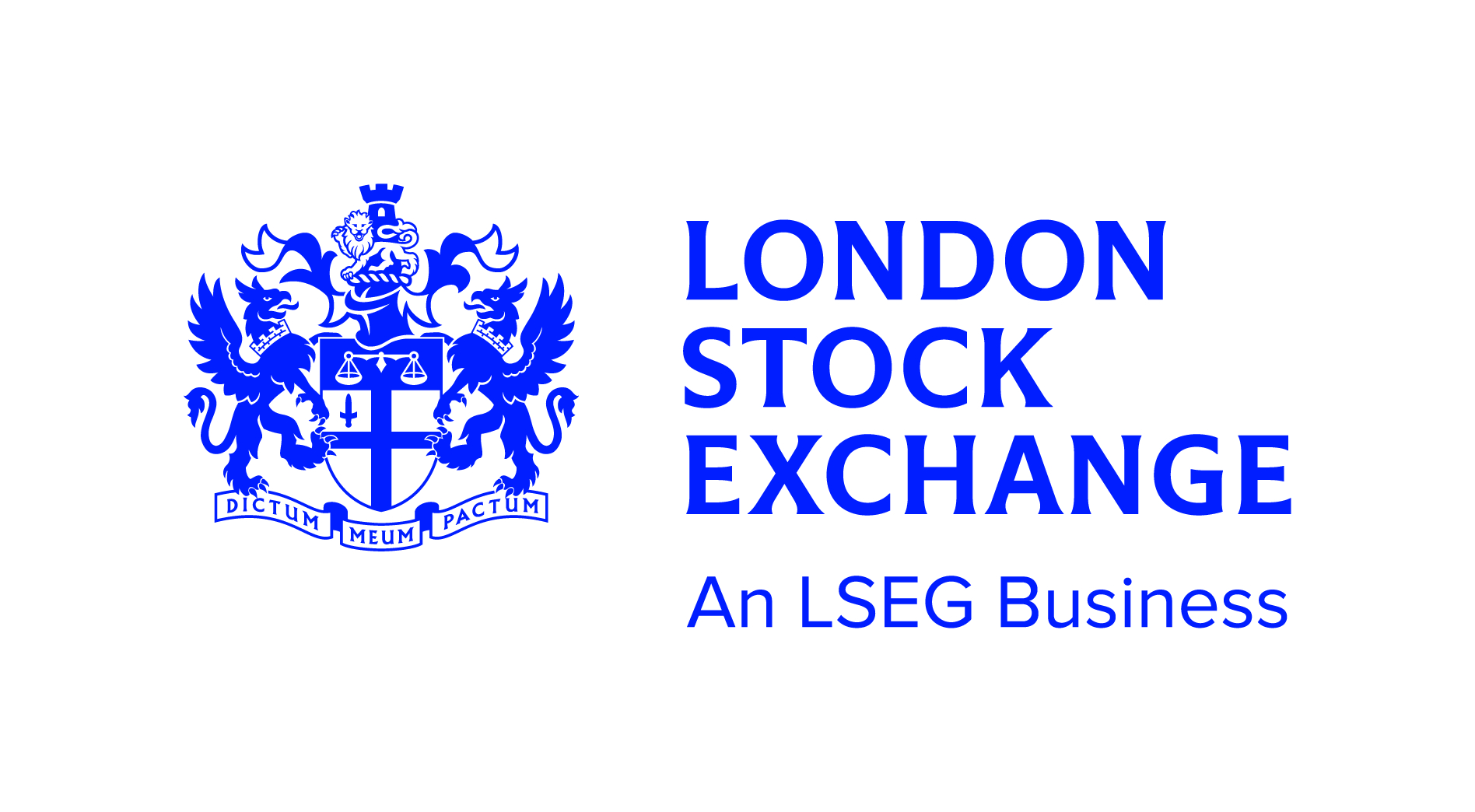The European Commission has proposed new rules for companies selling ESG ratings in a bid to increase transparency and remove any potential conflicts of interest.
Under the new proposals, ESG rating providers will not be able to provide consulting services to investors, sell credit ratings or benchmarks as well as a series of other measures as the regulators look to cut out the conflicts.
The new rules come almost a year after the European Securities and Markets Authority (ESMA) called for tighter regulation of the market to address industry concerns.
ESMA will regulate the ESG rating providers and failure to comply could land issuers with a fine based on a percentage of its annual turnover.
The European regulator will also have the power to withdraw the authorisation of the ESG rating provider or temporarily prohibit it from providing ratings.
It added rating providers should establish internal policies and procedures to disclose any conflicts should they occur, which should be checked annually.
Meanwhile, the European Union said it will look to improve the transparency of the ESG rating providers while allowing them to continue to be independent in their approaches.
The move was praised by the London Stock Exchange Group (LSE), which said it would lead to a more effective allocation of capital.
An LSEG spokesperson said: “LSEG welcomes the European Commission’s proposal to enhance the governance of ESG ratings providers.
“The proposal introduces greater transparency in the market, without prescribing ESG assessment methodologies, contributing to more effective allocation of capital to sustainable investment activities.”
The group, along with MSCI and Morningstar-owned Sustainalytics, had initially rejected the EU’s proposals to regulate the sector, stating that a code of conduct would suffice.
Daniel Klier, CEO of ESG Book, added the proposals are a promising blueprint but must go “all the way” before the practice of ESG is undermined.
“By opting for transparency over standardisation, the EU’s proposals are a promising blueprint but they must go all the way.
“Transparency of methodology just amounts to transparency of the first layer. Unless it drills down to the bottom, revealing source data, markets will never understand what’s driving scores.”





